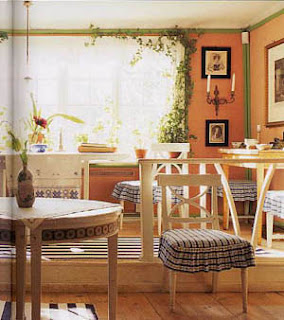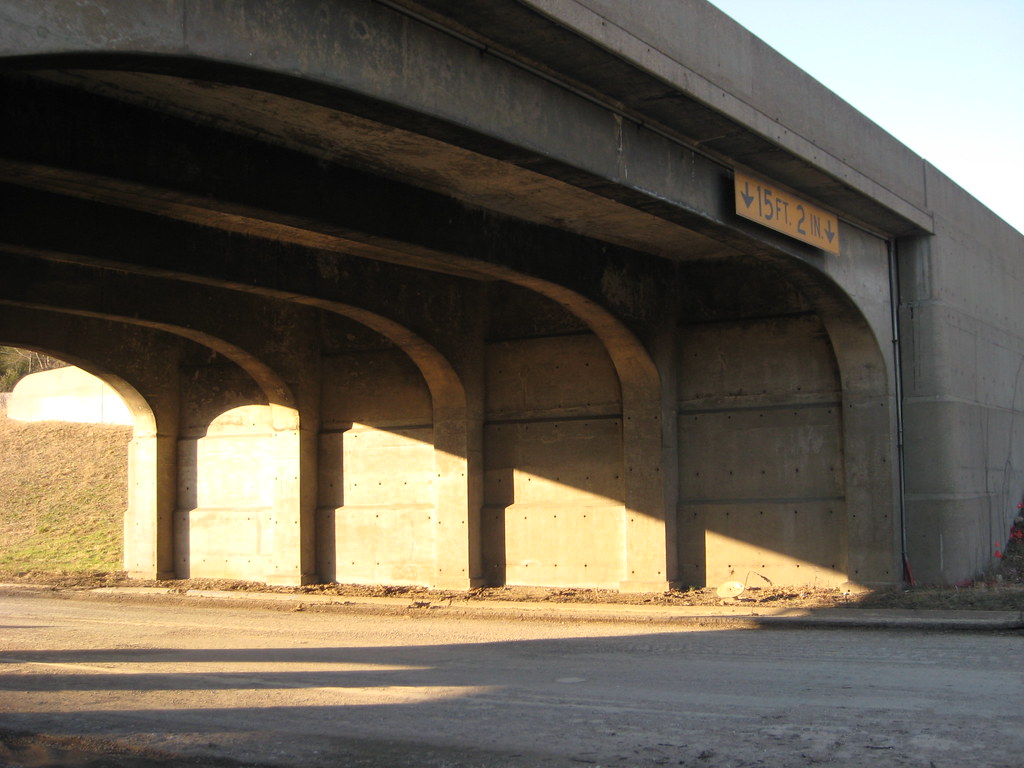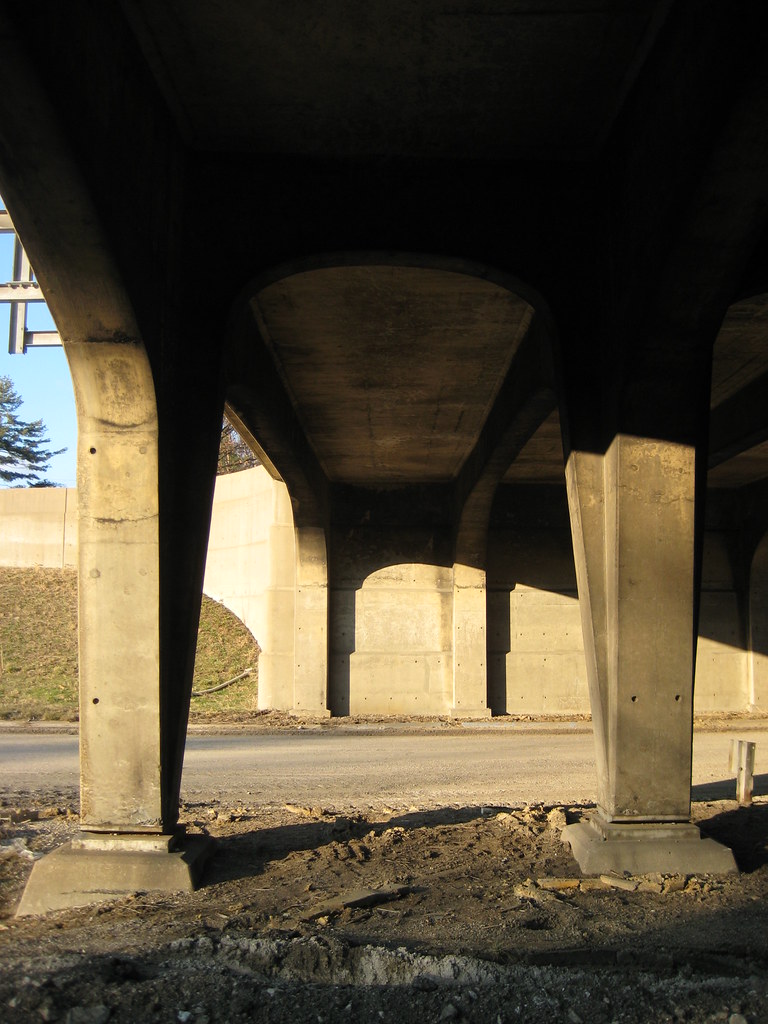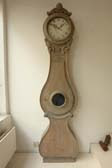Many of you have asked how to incorporate the Swedish Style into your own homes. You do not need to have rooms exclusively with one period or style. It is best to mix things up a bit to add interest into your room.
Notice the examples below.

This room has a traditional feel, but notice the Mora Clock and Swedish style bench. Adding a Swedish accent or two really adds to the interest of the room. Also notice the desk chair.
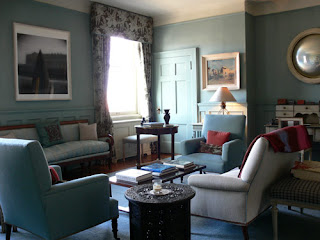
Here is the room from a different angle. Notice the side table - not Swedish -
but it adds interest, doesn't it?

Finally, a sweet, Swedish chair as an accent. Lovely.
I love the symmetry in this room. Notice the antique sofas, bench, and the painted table. Great introduction of the "signature Swedish blue" color.

Here is a room much less formal. The Bellman style chairs lend a "Swedish feel". This room would as appropriate in the mountains as in the city.
Another room with Bellman chairs - I love the checked skirts-
a very Swedish touch!
The Kitchen Designer
Finally notice the Swedish influence in this kitchen. There are so many white kitchens. In this kitchen they chose a monochromatic palette, Swedish slat back chairs and striped woven rugs. A great look for a beach house.
As you can see adding just a few Swedish elements can give you this wonderful feeling without breaking your budget!
(all pictures, excepted noted, are from Google images, but happy to give more specific credit if they are familiar to anyone)










